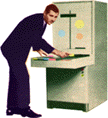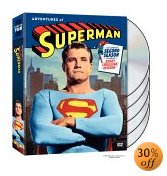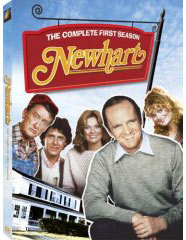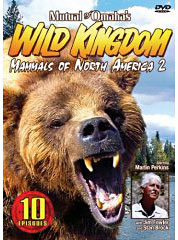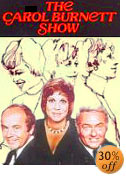|
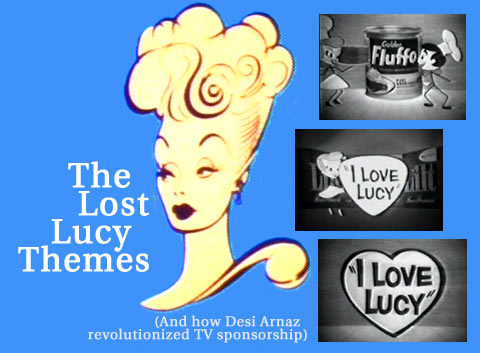
by Billy
Ingram with Dan Wingate
THE
CUBAN REVOLUTION
 Desi Arnaz, co-star and producer
of I Love Lucy, was a visionary television pioneer, responsible
for so many revolutions in the medium. He practically invented the three-camera
method of filming that is the standard today, and refined the way advertisers
utilized the then struggling medium. Desi Arnaz, co-star and producer
of I Love Lucy, was a visionary television pioneer, responsible
for so many revolutions in the medium. He practically invented the three-camera
method of filming that is the standard today, and refined the way advertisers
utilized the then struggling medium.
Despite
heading the number-one show in the early-fifties, Desi was always looking
for ways to do things better. For instance, he hated the way television
episodes would abruptly stop and go to black when it was time for a
commercial. It interrupted the flow of the program, he felt, so he devised
a way of integrating the commercials more fully with the show.
 Animated
buffers featuring 'Ricky'
and 'Lucy' as cartoon stick characters were created to start
each episode, 'bringing on' the sponsor's message and mixing in the
show's musical soundtrack at the beginning and end of the spot. This
way the show could open quickly and go right to commercial while the
audience was alert. Animated
buffers featuring 'Ricky'
and 'Lucy' as cartoon stick characters were created to start
each episode, 'bringing on' the sponsor's message and mixing in the
show's musical soundtrack at the beginning and end of the spot. This
way the show could open quickly and go right to commercial while the
audience was alert.
After the sponsor's message, the
theme song would swell and the show began. Arnaz reasoned that ever-changing,
animated interstitials (designed by Gene Hazelton of Hanna-Barbera fame)
would provide for a richer overall viewing experience - and increased
value for advertisers. He was right.
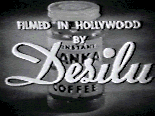 (This concept is hot
again as TV networks, film studios and web developers try to find ways
to integrate their content more effectively with an advertiser's message.) (This concept is hot
again as TV networks, film studios and web developers try to find ways
to integrate their content more effectively with an advertiser's message.)
Here
are some examples of Arnaz's visionary concept, unseen for almost fifty
years, along with other animated themes from later Lucy shows
you may not have heard of.
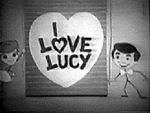 I LOVE LUCY VARIATIONS
I LOVE LUCY VARIATIONS
The
illustration at the left is from the VERY FIRST broadcast - note how
crude the lettering is and the heart seems to have a weight problem!
Throughout
the long run of I Love Lucy, there was no consistent graphic
for the opening titles, although the music stayed pretty much the same
season to season.
 (The beginning and ending from the I Love Lucy reruns
you grew up with (featuring the familiar heart image) was created especially
for the syndication package and wasn't a part of the original network
run.) (The beginning and ending from the I Love Lucy reruns
you grew up with (featuring the familiar heart image) was created especially
for the syndication package and wasn't a part of the original network
run.)
Another
interesting factoid about the old Lucy-Ricky cartoon openings is that
they were done in secret by Hanna-Barbera - who were working for MGM
at the time and were strictly forbidden to do any work for television.
Here
is one of the openings to I Love Lucy as sponsored by Sanka Decaffeinated Coffee. These clever
cartoon framing devices were customized for each new episode. Here is
a Lilt Home Permanent theme
and a Fluffo Cooking Oil theme.
I Love Lucy was also sponsored for some time by Phillip
Morris Cigarettes.
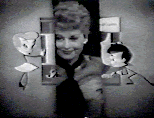 Arnaz's concept of integrated sponsorship
is effectively demonstrated here, with another of the transitions and
commercials for Lilt Home Perms, leading into the ending
theme, with the credits running over a jar of Sanka. (If you're keeping
track, this is from the episode where Lucy and company are on the train,
and she keeps pushing the emergency brake.) Arnaz's concept of integrated sponsorship
is effectively demonstrated here, with another of the transitions and
commercials for Lilt Home Perms, leading into the ending
theme, with the credits running over a jar of Sanka. (If you're keeping
track, this is from the episode where Lucy and company are on the train,
and she keeps pushing the emergency brake.)
 THE
SUNDAY LUCY SHOW THE
SUNDAY LUCY SHOW
Reruns
of I Love Lucy ran under this title during the summer of 1955
- on Sunday nights, obviously.
Lucy
was the number-one show in the nation that year, so it was a natural
for the fledgeling CBS television network to devote two nights a week
to it's biggest hit. Here is the end
theme for The Sunday Lucy Show.
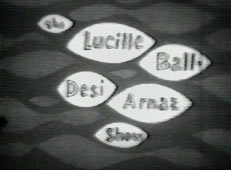 THE LUCILLE BALL - DESI ARNAZ SHOW
THE LUCILLE BALL - DESI ARNAZ SHOW
This
was a series of one-hour monthly specials featuring the I Love Lucy
gang were aired from 1957-1960.
Again,
several different theme song visuals were used during the run. Above
is the opening to the very first show with footage of Desi introducing
the series that you WON'T see on reruns today.
That
episode was the first 75 minute show ever to air on network television
in prime time. When Desi told the network of his plan for the first
show, they flatly refused to give him 75 minutes - either cut it down
15 minutes or add 15 more.
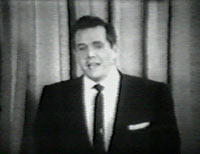 Desi
wasn't backing down. He personally called the head of U.S. Steel, sponsor
of the following hour of programming, and asked for the first 15 minutes
of their timeslot. In exchange, Desi guaranteed to double their normal
ratings. Arnaz delivered on the ratings bonanza he promised. Desi
wasn't backing down. He personally called the head of U.S. Steel, sponsor
of the following hour of programming, and asked for the first 15 minutes
of their timeslot. In exchange, Desi guaranteed to double their normal
ratings. Arnaz delivered on the ratings bonanza he promised.
Unfortunately,
the show was butchered when rerun as The Lucy-Desi Comedy Hour
(CBS summers from 1962-1967) to fit a 52-minute slot. The Hedda Hopper
interview used to frame the original show is totally gone, as is an
extended part of Lucy and Ann Sothern's jail scene... and many other
key scenes were trimmed.
The
Lucille Ball - Desi Arnaz Show was originally sponsored by Ford,
then by Westinghouse. As a sponsor bonus, Desilu produced industrial
sales films starring the I Love Lucy cast members for both companies.
Here is a clip from the promotional film produced for Westinghouse dealers
featuring Lucy and Desi as 'themselves'
on the Desilu studio lot.
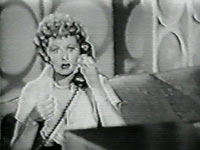 To
retain continuity with their earlier productions, Desi hosted the Desilu
Playhouse episodes that occupied the Monday night timeslot
when the Lucy-Desi hours weren't on. To
retain continuity with their earlier productions, Desi hosted the Desilu
Playhouse episodes that occupied the Monday night timeslot
when the Lucy-Desi hours weren't on.
Lucy
was seen at the end of the show as well; she would 'phone in' to Desi
on the set or talk from behind a curtain to provide a cue for commercials.
The animated Lucy and Desi characters were also employed for commercial
transitions during the off weeks.
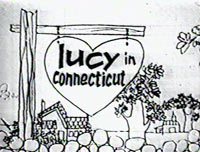 LUCY
IN CONNECTICUT LUCY
IN CONNECTICUT
Never
heard of it? This 1960 summer rerun series was taken from the final
thirteen episodes of I Love Lucy featuring the Ricardos and Mertzes
living in rural Connecticut.
The simple graphic titles reflected the down-home feeling the show took
on. Notice the theme song itself is exactly the same as the syndicated
version.
When
I Love Lucy ceased production in 1957, it was the number-one
rated show in the country. When The Lucille Ball - Desi Arnaz Show
ended it's three-year run in 1960, rural-themed shows like The
Real McCoys and The Andy Griffith Show (both of which were
filmed on the Desilu lot) were topping the charts.
CBS had been rerunning I Love Lucy in primetime under various
titles for years (and in a daytime slot as well, beginning in 1959).
The unending appeal of the series made the network all the more anxious
to get Lucy back on television in a new half-hour sitcom, despite her
declaration that, "I will never do another TV series. I couldn't
top I Love Lucy, and I'd be foolish to try."
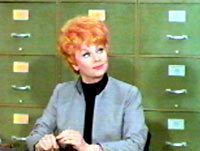 THE
LUCY SHOW THE
LUCY SHOW
During
the six-year run of The Lucy Show
(1962-1968), the series had five completely different opening themes.
When the Nickelodeon network reran the show in the late-eighties and
early-nineties, the various themes were replaced entirely with the more
familiar 'kaleidoscope' opening.
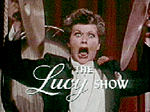 The strange repackaging for the
reruns on Nick were the result of The Lucy Show's first reruns
on CBS daytime in 1968 before they were syndicated. (I Love Lucy
daytime reruns ended in 1967 when that series entered the syndication
market). The strange repackaging for the
reruns on Nick were the result of The Lucy Show's first reruns
on CBS daytime in 1968 before they were syndicated. (I Love Lucy
daytime reruns ended in 1967 when that series entered the syndication
market).
It
was obviously a very hasty job and when Nick got the rerun rights, Paramount
just gave them the old video masters from the CBS reruns since the syndicated
Lucy Shows (which had the different themes) were never transferred
to video - as far as I know only 16mm film prints were/are available
to stations.
For the
first time in over 40 years -
discover for yourself the 5 different
Lucy Show theme songs:
 The First Theme (1962
- season one) The First Theme (1962
- season one)
'Sticking' with success, the original Lucy Show openings utilized
the stick figure caricatures that were popular from the original I
Love Lucy themes (seen above). Coming after the first commercial
break was a cleverly designed 'crawl.'
 Second Season Theme (1963) Second Season Theme (1963)
The second season of The Lucy Show was shot in color, but broadcast
in black and white. This opening contains scenes from color episodes
- but it wasn't until the 1965-66 season that the show was actually
broadcast in color. Confused?
 The Third Theme (1964) The Third Theme (1964)
This third season theme song used clips from first season black and
white episodes, along with color scenes shot for the second season.
 Fifth
Season Theme (1966) Fifth
Season Theme (1966)
This animated version only aired twice. It was pulled because Lucy hated
it. The simple, color-tinted animation using moving and still photos
is reminiscent of the Lucy-Desi program openings, brimming with
that mid-60's modern, pop-art approach.
 The Final Theme
(1965-1968) The Final Theme
(1965-1968)
This is the 'kaleidoscope' opening that is most familiar to today's
viewers. When Lucy killed the fifth season opening, she went back to
the fourth season theme and kept it for the run of the series.
You
can buy the first three seasons of I Love Lucy on DVD. CLICK
HERE TO ORDER!
Remember
when we were talking about 'integrated sponsorship?'
|
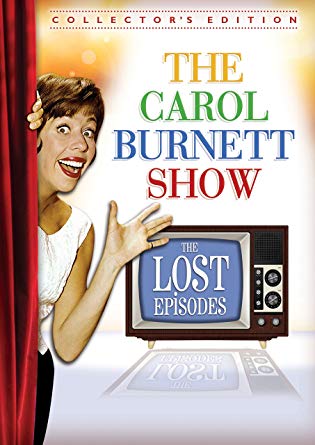
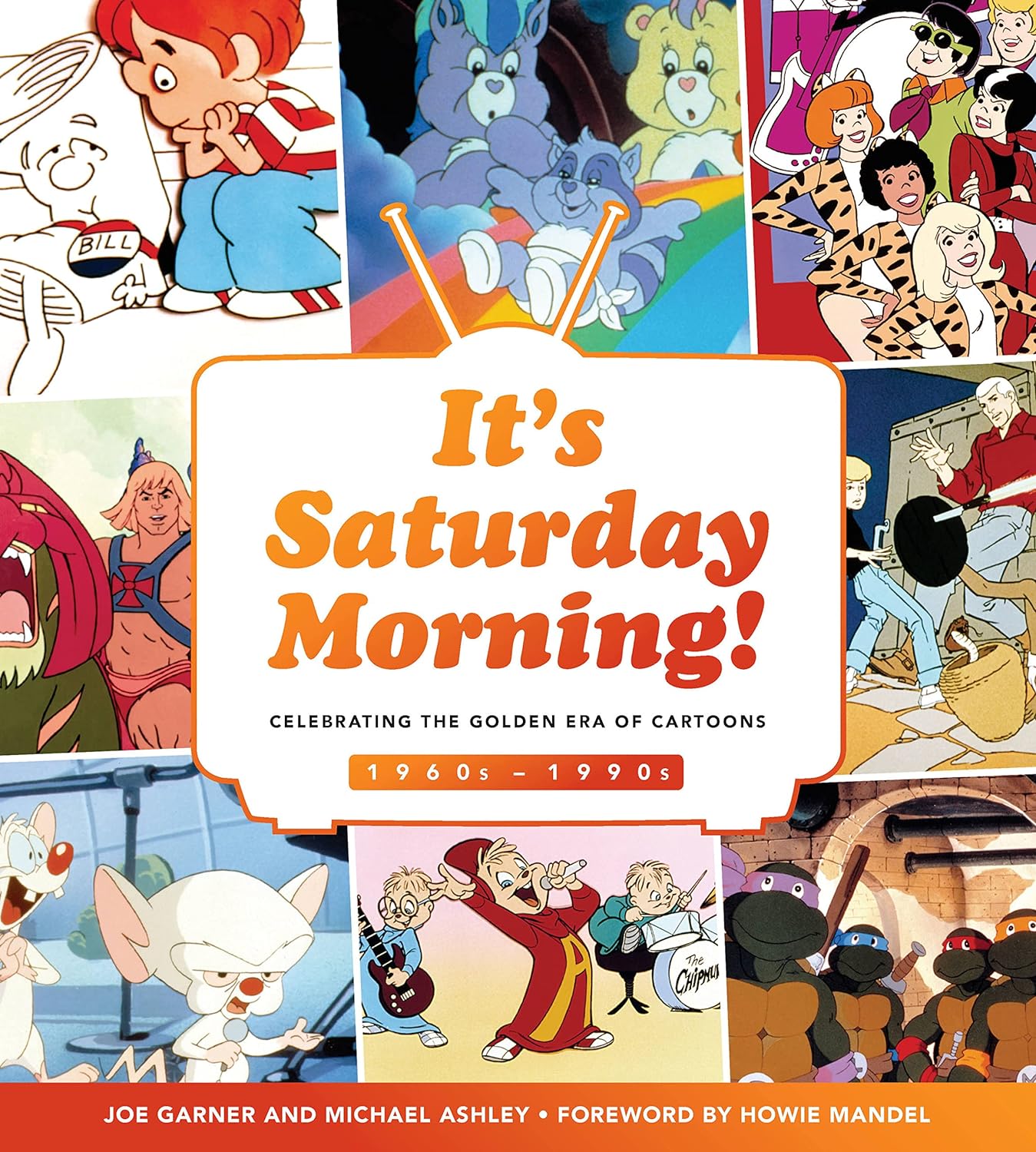
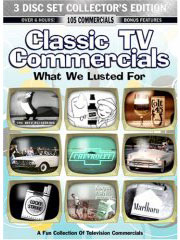
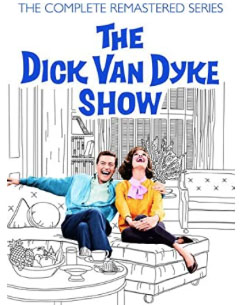
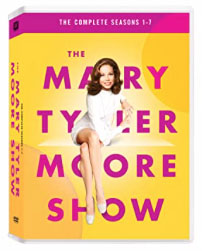
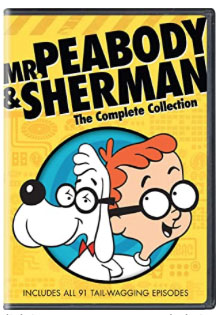
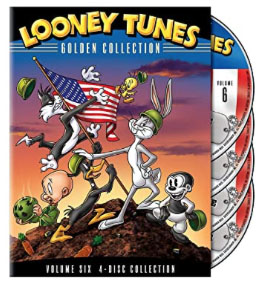
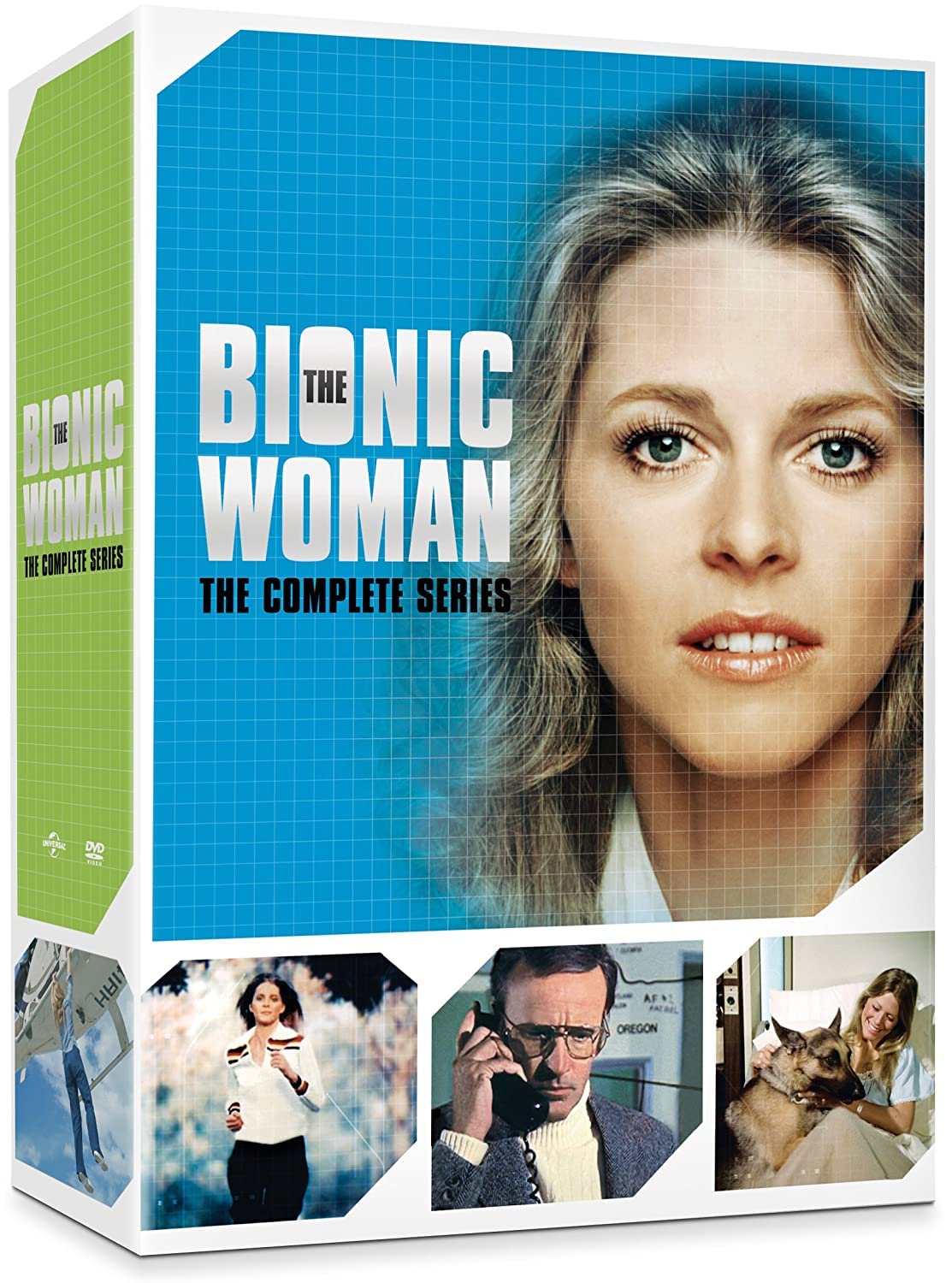

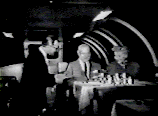 "The
remarkable thing about them is that they contain footage that was cut
from the ORIGINAL syndication prints.
"The
remarkable thing about them is that they contain footage that was cut
from the ORIGINAL syndication prints.
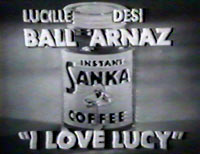
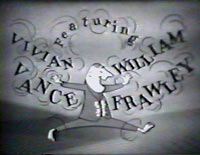
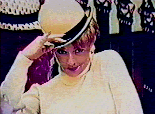
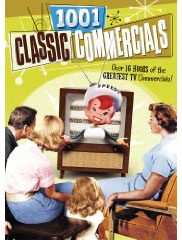
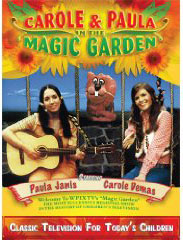
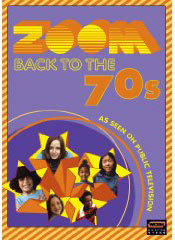
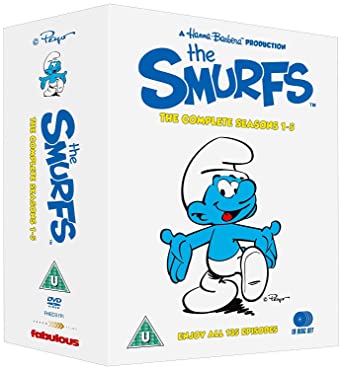
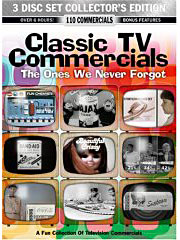
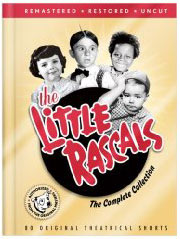
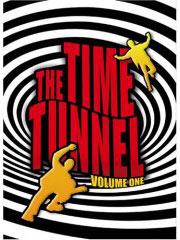
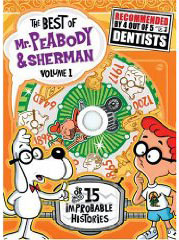

 Desi Arnaz, co-star and producer
of I Love Lucy, was a visionary television pioneer, responsible
for so many revolutions in the medium. He practically invented the three-camera
method of filming that is the standard today, and refined the way advertisers
utilized the then struggling medium.
Desi Arnaz, co-star and producer
of I Love Lucy, was a visionary television pioneer, responsible
for so many revolutions in the medium. He practically invented the three-camera
method of filming that is the standard today, and refined the way advertisers
utilized the then struggling medium.

 (This concept is hot
again as TV networks, film studios and web developers try to find ways
to integrate their content more effectively with an advertiser's message.)
(This concept is hot
again as TV networks, film studios and web developers try to find ways
to integrate their content more effectively with an advertiser's message.)
 I LOVE LUCY VARIATIONS
I LOVE LUCY VARIATIONS
 Arnaz's concept of integrated sponsorship
is effectively demonstrated here, with another of the transitions and
commercials for
Arnaz's concept of integrated sponsorship
is effectively demonstrated here, with another of the transitions and
commercials for 

 Desi
wasn't backing down. He personally called the head of U.S. Steel, sponsor
of the following hour of programming, and asked for the first 15 minutes
of their timeslot. In exchange, Desi guaranteed to double their normal
ratings. Arnaz delivered on the ratings bonanza he promised.
Desi
wasn't backing down. He personally called the head of U.S. Steel, sponsor
of the following hour of programming, and asked for the first 15 minutes
of their timeslot. In exchange, Desi guaranteed to double their normal
ratings. Arnaz delivered on the ratings bonanza he promised.

 LUCY
IN CONNECTICUT
LUCY
IN CONNECTICUT THE
LUCY SHOW
THE
LUCY SHOW
 The strange repackaging for the
reruns on Nick were the result of The Lucy Show's first reruns
on CBS daytime in 1968 before they were syndicated. (I Love Lucy
daytime reruns ended in 1967 when that series entered the syndication
market).
The strange repackaging for the
reruns on Nick were the result of The Lucy Show's first reruns
on CBS daytime in 1968 before they were syndicated. (I Love Lucy
daytime reruns ended in 1967 when that series entered the syndication
market).
 The First Theme
The First Theme Second Season Theme
Second Season Theme The Third Theme
The Third Theme Fifth
Season Theme
Fifth
Season Theme
